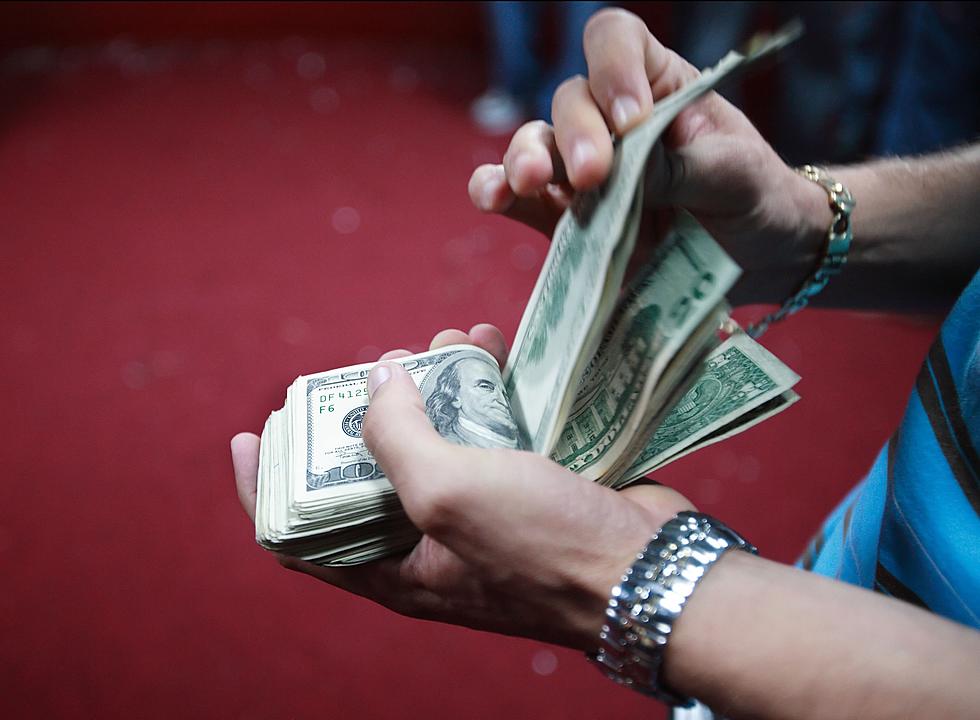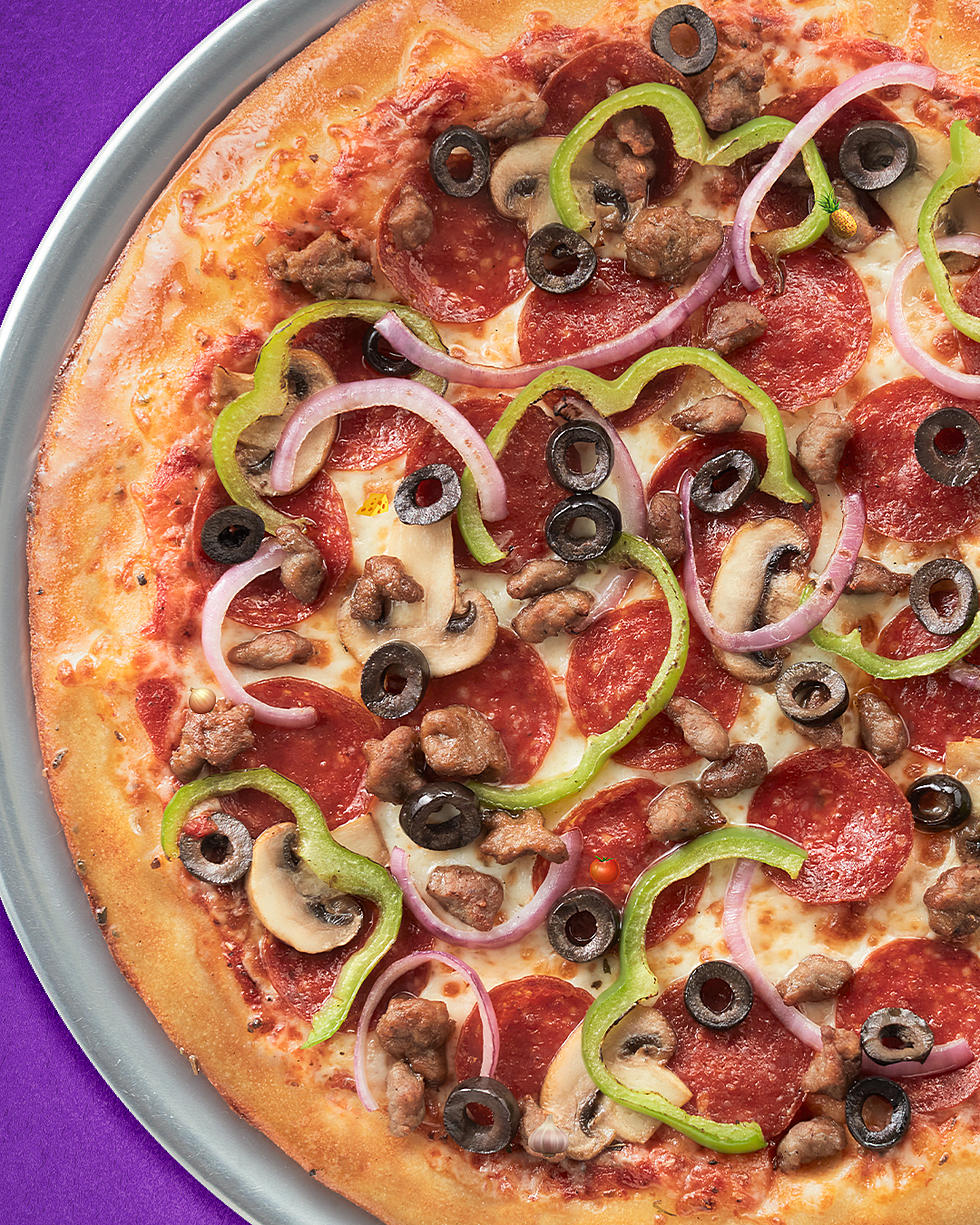
New York Among States with Country’s Worst Tippers
New York, we have a problem...
While many of us feel that tipping has grown out of control, it seems the majority of New Yorkers are balking at the trend to tip at least 20 percent.
Bottom of the Barrel
Updated data from Toast investigated how Americans are tipping amid record-high inflation.
They determined who has the most generous and stingiest population. In the end, Delaware ranked the best tipping state with residents shelling out an average tip of $21.8 percent.
Indiana was right behind with an average tip of 20.8%, tying with third place Wyoming. Kentucky and West Virginia rounded out the top five with respective tip averages of 20.7% and 20.6 percent.
As for the other end of the spectrum, California had the worst tippers in the country. Shocking to see a liberal bastion that is all about having the moral high ground in dead last.
Californians were found to tip, on average, about 17.5 percent. Washington was in the second-worst spot with an average of 18.2 percent.
Not a Generous State
Obviously, not all states tip equally - even though those who depend on tip money wish they did.
New York apparently should hang its head in shame since it was tied with Hawaii for being the fifth-worst state for tippers.
Read More: Survey of Safest States Makes New York Look Really Dumb
Both give servers an average tip of 18.7 percent. If you think about it, that's not too bad considering 15 percent was once considered a generous tip.
But with the price of everything going up, more pressure was put on customers to show their appreciation.
Why do we feel pressured to tip more?
While the exact cause of this tipping phenomenon is unknown, my theory is that my generation -- the Millennials -- might have accidentally triggered it.
Let's travel back in time to somewhere between 2009 and 2014, when millennials were just starting to enter the professional workforce -- and social media was at its peak.
Places like Tumblr and Reddit became a popular destination for workers to publicly vent their frustrations about bad customer experiences. Some of these stories involved going above and beyond only to receive no tip or a fake bill with Bible verses on it.
As a former employee of a popular coffee chain, I empathized with those stories because I dealt with similar customers. Obviously, those stories also resonated with other millennials... and our new jobs meant we had a little more cash to burn.
Pretty soon, people began vowing to always tip at 20% -- or more -- because they felt it was the right and kind thing to do. Others suggested it was a great way to give back and treat workers the way we would have wanted.
But for whatever reason, that mindset evolved into this concept that those who tipped better were inherently good people.
Then the conversation began to drift toward a discourse that shamed anyone who tipped below 20 percent. It also led to some bloggers humble-bragging about how they always make a point to tip well, even if they received terrible service.
Overall, the idea to leave better tips came from a place of kindness -- not moral superiority. But I worry that somehow contributed to the so-called "tipping culture" wars we're experiencing now.
The pandemic might have made it worse
Who didn't feel compelled to leave better tips for "essential employees" during lockdown? Those workers were doing a tremendous service while risking their health and safety during a time of major uncertainty.
However, I wonder if the pandemic exacerbated the volatile tipping climate.
There are theories claiming businesses have seized upon the goodwill associated with leaving larger tips and that companies are relying on customers to supplement employee income.
Read More: Are New Yorkers Sleepwalking into a Debt Crisis?
Whether or not those claims are true have yet to be proven.
But it does seem more employees are heavily relying on making enough in tips to get by. This also comes at a time where more professions or services are prompting customers to leave gratuity. The latter has sparked many TikTok memes poking fun at what is considered a tip-worthy service now.
Is there a new norm for tipping?
It's been years since I was slinging drinks as a barista, but I still remember how exciting it was to receive that clear plastic bag full of loose change and bills along with my weekly paycheck.
For full disclosure, I worked two part-time jobs that paid me enough to satisfy my financial obligations. Then again, inflation and wages were different in the late 2000's.
During that time, tips felt like a nice bonus because people mostly paid with cash and would toss their change into a tip jar. Tipping was welcome, but it wasn't expected.
Now with the rise of credit cards and digital payment methods, it seems tips aren't only required, customers are being prompted to pay more in gratuity.
I've come across several posts from New Yorkers claiming pre-entered tip screens asked them to pay as high as 30 percent.
Unfortunately, that's why some customers are misdirecting their anger at employees -- and not employers.
The entitlement problem
It seems an increasing number of people are experiencing tipping fatigue because they are encountering gratuity requests in more places -- on top of being prompted to leave larger tip amounts. Pair that with the rising cost of utilities, groceries, gas and other basic needs -- these expectations are cutting deeper into our already exhausted wallets.
And that might be causing customers to leave smaller tips.
Read More: Pest Expert Warns "Very Real Risk" of Bed Bug Invasion in New York
What makes this situation worse is when employees like that DoorDash driver make the news, it fuels the narrative that tip workers are entitled -- and therefore undeserving of generosity.
It's as if the tipping narrative from a decade ago did a complete 180. Instead of bad tippers being the bad guys, it's the workers who are the villain.
Can tipping culture change?
There is a rather large elephant in the room: wages. America seems to have a tipping problem because some employers, like restaurants, are allowed to pay employees below minimum wage while inflation is making it harder for people to afford basic necessities.
New York State has made strides in ensuring service workers are paid fairly, but their salaries still depend on tips.
"New York State law allows employers in all industries other than building service to satisfy the minimum wage by combining a 'cash wage' paid by the employer with a credit or allowance for tips that the employee receives from customers. For example, the minimum wage for food service workers in New York City is $15.00 per hour. Their employers can satisfy the minimum wage by combining a cash wage of at least $10.00 with a tip allowance of no more than $5.00 per hour."
In Central NY, the minimum hourly wage for food service workers is $9.45 in cash wage and $4.75 in tip credit.
But let's save the minimum wage debate for another time...
The issue at hand is whether or not tipping culture is out of control. A recent Bankrate survey found one in three Americans think exactly that. It also found roughly two in three Americans hold a negative view on tipping.
In all, 41 percent of respondents want to see companies pay their employees better and to stop relying on customers to shoulder the burden.
According to Bankrate, Gen-Z is the generation least likely to tip -- and maybe because they believe companies should offer better wages.
Additionally, the study found 1 in 6 respondents say they would pay higher prices if it would eliminate tipping entirely. The generation that agreed most with this sentiment was Millennials, followed by Gen-Z.
Read More: Record Number of Tourists Visited Central NY This Year
Bankrate Senior Industry Analyst Ted Rossman said the results are pretty telling about how Americans really feel about gratuity:
"Inflation and general economic unease seem to be making Americans stingier with their tipping habits, yet we’re confronted with more invitations to tip than ever. It’s a fascinating issue with few clear answers. There is one apparent certainty, though: Tipping doesn’t seem likely to leave American society anytime soon."
How much should you tip?
Even though we as a society are paying more for just about everything, most Americans are tippers.
Overall, Rossman says it's standard to tip at 20 percent for services like salons, taxis and restaurants. However, that number need not apply to inexpensive purchases like a cup of coffee.
However, some people are confused about how much to tip in this new climate. If you're one of those people, check out Bankrate's new tipping guide.
And... if you're an employee who thinks it's insulting to be tipped below 25 percent... please go outside and touch some grass.

6 Rooftop Bars & Restaurants to Try in Central New York
Gallery Credit: Will Phillips



